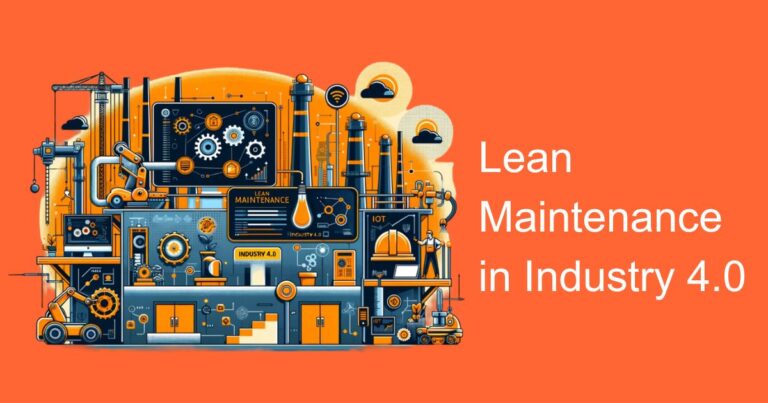Introduction
In the competitive landscape of the ice-cream manufacturing industry, efficiency and quality are key factors that determine success. To become a superhero of improvisation in this field, businesses need to focus on the right Key Performance Indicators (KPIs) that allow them to streamline their processes and optimize asset maintenance. In this article, we will delve into the significance of four crucial KPIs: Mean Time To Achieve (MTTA), Mean Time To Repair (MTTR), Mean Time Between Failures (MTBF), and Mean Time To Failure (MTTF). We will also explore industry-specific assets and maintenance activities as examples to highlight their importance.
Mean Time To Achieve (MTTA)
MTTA measures the average time it takes to achieve a certain production milestone or target. In the context of ice-cream manufacturing, this could be the time taken to set up and calibrate the mixing and freezing equipment before the production process begins. Minimizing MTTA is critical, as it directly impacts the overall production efficiency.
Example: Ice-Cream Mixer Calibration When preparing to produce a new batch of ice-cream, the mixing equipment requires calibration to ensure the precise blending of ingredients. By employing automated calibration processes and using advanced technology, manufacturers can significantly reduce MTTA, leading to faster production startup times.
Mean Time To Repair (MTTR)
MTTR represents the average time taken to repair a malfunctioning asset and restore it to its normal operating condition. In the ice-cream manufacturing industry, equipment breakdowns can lead to production delays, affecting both cost and customer satisfaction. Reducing MTTR is crucial for maintaining seamless operations.
Example: Ice-Cream Freezer Maintenance Imagine an ice-cream freezer that has encountered a technical issue, causing it to malfunction. Efficient maintenance teams equipped with proper tools and spare parts can swiftly address the problem, reducing MTTR. Regular preventive maintenance can also decrease the likelihood of sudden breakdowns, improving overall equipment reliability.
Mean Time Between Failures (MTBF)
MTBF calculates the average time between two consecutive failures of a particular asset. A higher MTBF signifies greater asset reliability, which is vital in the ice-cream manufacturing process, where any unplanned downtime can result in lost production opportunities and revenue.
Example: Soft-Serve Ice-Cream Dispenser For an ice-cream manufacturer using soft-serve dispensers, a high MTBF ensures consistent availability during peak production times. Routine inspections, timely replacements of worn components, and proper lubrication can extend the lifespan of these dispensers, ultimately increasing their MTBF.
Mean Time To Failure (MTTF)
MTTF measures the expected time until an asset is likely to fail. Unlike MTBF, MTTF focuses on assets that can be repaired and returned to service after failure. Understanding MTTF is essential for scheduling maintenance activities and optimizing resource allocation.
Example: Ice-Cream Packaging Machines Packaging plays a crucial role in the ice-cream manufacturing process. Knowing the MTTF of packaging machines helps manufacturers schedule maintenance activities during planned downtime to avoid unexpected breakdowns during peak production periods. Implementing condition-based maintenance practices can enhance the accuracy of MTTF predictions and ensure optimal performance.
Conclusion
In the fast-paced and competitive world of ice-cream manufacturing, becoming a superhero of improvisation demands a keen focus on the right KPIs. By prioritizing Mean Time To Achieve (MTTA), Mean Time To Repair (MTTR), Mean Time Between Failures (MTBF), and Mean Time To Failure (MTTF), businesses can optimize production processes, reduce downtime, and enhance asset reliability. Additionally, industry-specific examples, such as ice-cream mixer calibration, ice-cream freezer maintenance, soft-serve ice-cream dispenser upkeep, and ice-cream packaging machine reliability, illustrate the practical application of these KPIs.
Manufacturers who embrace these KPIs as integral parts of their operations will gain a competitive edge by delivering high-quality products consistently, meeting customer demands, and achieving higher levels of efficiency in ice-cream production. Embracing data-driven decision-making and preventive maintenance strategies will undoubtedly elevate ice-cream manufacturing to new heights and pave the way for superhero-like success in the industry.








